What is heat-resistant plastic pipe?
Heat-resistant plastic pipes are pipes used to transport water, liquids and chemicals. The product is made of high-grade plastic material, suitable for high temperature (70- 110°C) environment, and the pressure is 10 - 25 atm.
What types of heat-resistant plastic pipes are there?
At present, there are 3 types of heat-resistant plastic pipes popular in the market: HDPE heat-resistant plastic pipes, PPR heat-resistant plastic pipes and PVC heat-resistant plastic pipes, each of which has its own characteristics, and they are suitable for different fields. Here, we will learn about these types of plastic pipes in turn.
HDPE heat-resistant plastic pipe
HDPE (High Density Polyethylene), also known as PEHD (Polyethylene High Density), is a high-density thermoplastic material. HDPE density
The range is 0.93 to 0.97 gr/cm 3 or 970 kg/m 3 . Although the density of HDPE is only higher than that of low-density polyethylene, due to
HDPE has less branching and strong intermolecular force.
Features of HDPE heat-resistant plastic pipe
HDPE water pipes are usually in a characteristic black color, and the pipes are in the shape of a long cylinder, which is different from the black HDPE electrical conduit in a spiral shape.
Application field of HDPE heat-resistant plastic pipe
HDPE heat-resistant plastic pipes can be used as large drainage pipes and irrigation pipes, large sewage pipes in big cities and industrial areas. Used as sewage pipes and sewer pipes in the mining industry. In the energy industry, HDPE heat-resistant plastic pipes are used as conduits for cables and wires, heating pipes or hot steam pipes, drain pipes, cold water supply pipes (pipe pressure range of 4-10kg/cm2) or as postal industry and optical cables pipes (in low temperature or where there is ice and snow).
PVC heat-resistant plastic pipe
PVC heat-resistant plastic pipes include two types: hard PVC pipes and soft PVC pipes. Rigid PVC pipe is also called UPVC pipe (hard heat-resistant plastic pipe). Hard PVC pipes do not use plasticizers in the mixing formula. On the contrary, soft PVC pipes must use plasticizers in the mixing formula. The commonly used plasticizer is DOP plasticizer.
Features of UPVC pipe
The mixing ingredients of UPVC pipe include PVC powder with K index 65-66, heat stabilizers, internal lubricants, external lubricants, processing aids, fillers, pigments... The composition contains polymer acrylic, which helps to improve durability and has very good impact resistance. The colorant set is heat-stable and thus helps UPVC pipe not burn during processing while resisting the effects of heat and UV light during use. UPVC water pipes are usually gray or white, long cylindrical tubes with thinner walls than HDPE pipes.
Application fields of PVC heat-resistant plastic pipe
PVC heat-resistant plastic pipes are commonly used to distribute drinking water, agricultural irrigation and drainage systems, industrial water systems, sewage drainage systems, rainwater drainage, etc...
PPR heat-resistant plastic pipe
PPR heat-resistant plastic pipe is a water pipe made of high molecular weight polypropylene random copolymer. The new PPR plastic pipe appeared in the market for a short time, commonly known as heat-sealed plastic pipe or heat-resistant pipe, but because of its superior characteristics over other types of heat-resistant plastic pipes, it has attracted the attention of a large number of customers. PPR pipes manufactured according to European standards are especially suitable for high temperature (70- 110o C) and environmental conditions of 10 bar to 25 bar pressure, with a service life of up to 50 years.
Classification of PPR pipe
There are 4 types of PPR pipes: PN10 for cold water, PN1 6 for cold and hot water, PN20 for hot water and PN25 for special cases of high pressure or cold climates. The most common PPR pipe types are PN10 and PN20, while PN16 is only made to order.
Features of PPR pipe
PPR hot water pipes are clean and hygienic, non-rusting, wear-resistant and non-scaling, excellent sound insulation performance, easy to install, recyclable, long service life, can withstand high pressure and high temperature liquid, and must be used when using Note that PPR hot water pipes can replace cold water pipes, but PPR cold water pipes cannot replace hot water pipes.
Unlike other heat-resistant plastic pipes, PPR pipes can only be connected by heat sealing, there is no other way.
Application field of PPR pipe
1. Hot and cold drinking water piping system
2. Industrial fluid delivery system
3. Supply pipeline system in seaside facilities
4. Air conditioning system
5. Agricultural irrigation system
6. Internal pipeline system of transportation vehicles
The above are the main types of heat-resistant plastic pipes currently on the market. If you have questions about heat-resistant plastic pipes or need to purchase heat-resistant plastic pipes, please feel free to contact us.


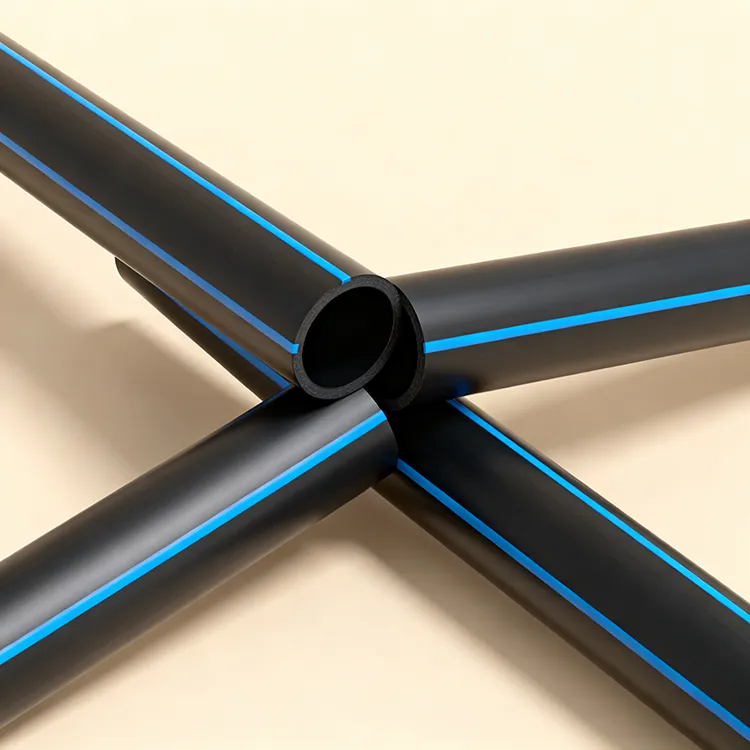
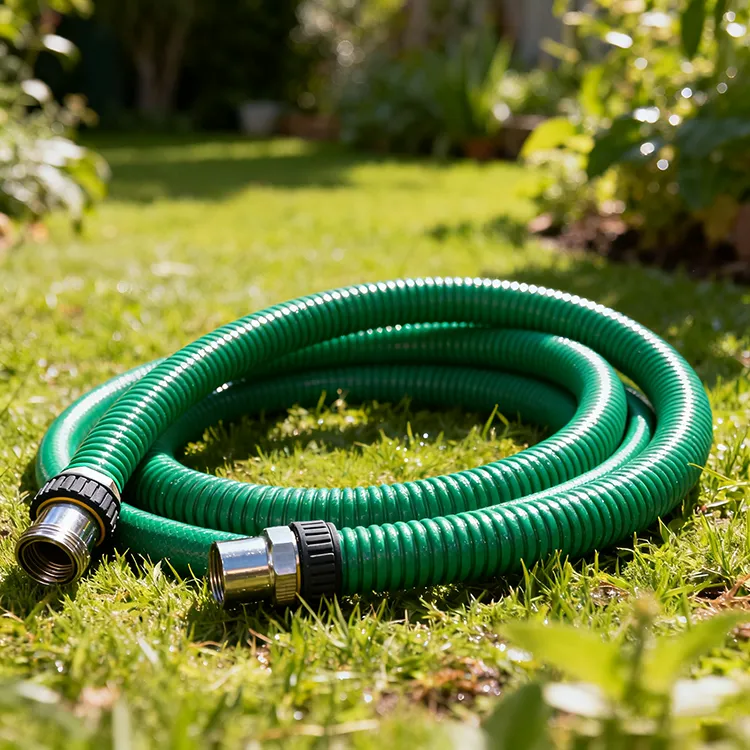

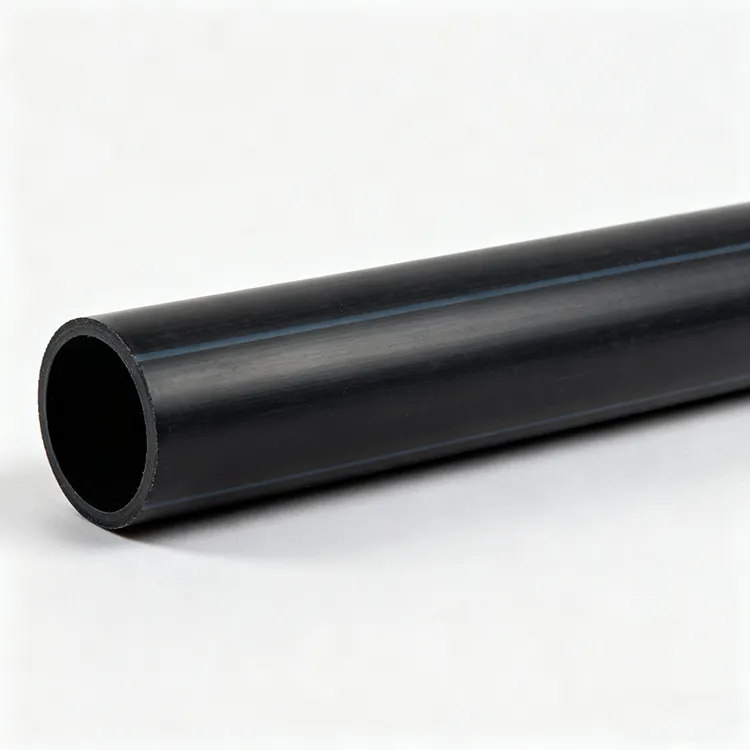
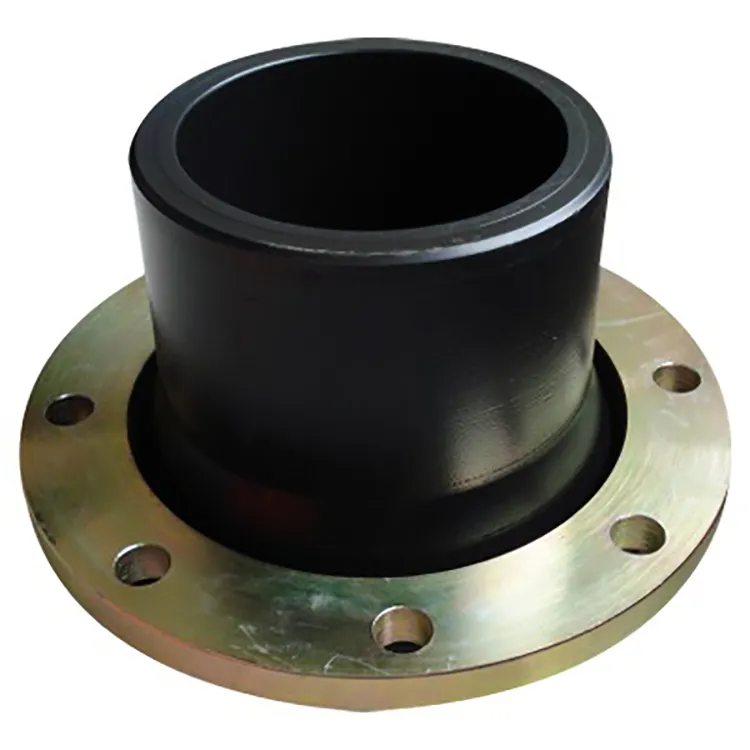


659.webp)
210.webp)
328.webp)
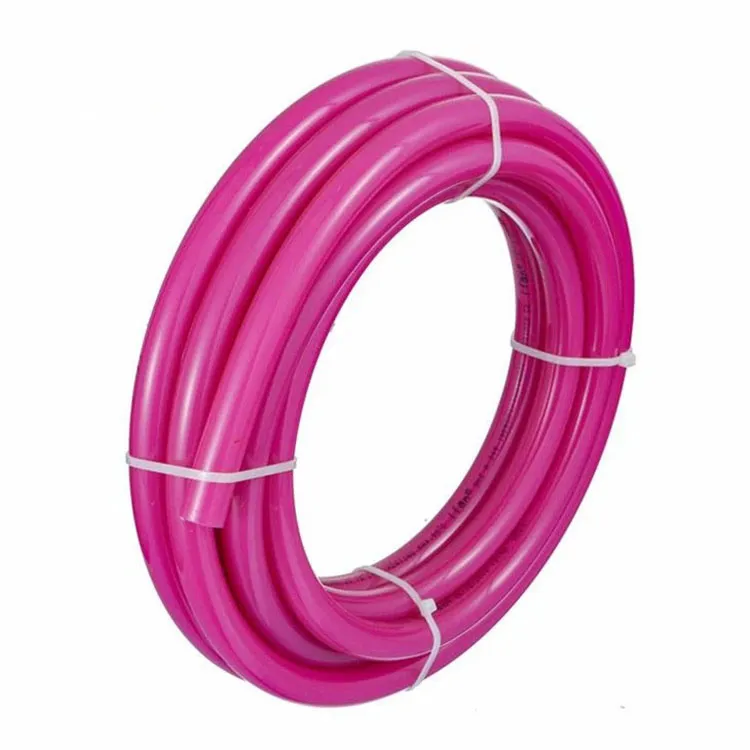
294.webp)
476.webp)


